General Motors Death Watch 202: Carmegeddon Pt. 2
Consumers will not buy a new vehicle from a bankrupt carmaker. That’s the over-arching fear preventing GM from filing for a court-managed rescue: a total collapse of consumer confidence in the company’s products. History suggests that a GM C11 would indeed trigger carmegeddon. Ask an automotive historian to name an American automaker that filed for bankruptcy, survived, emerged and thrived and you get a doughnut-hole shaped answer. But I submit that GM will reorganize successfully. C11 will be a new beginning for GM, its suppliers, dealers, workers and, yes, customers– not the end of everything. But let’s start from the corporate perspective…
Even though GM’s burning through billions it needs for a successful bankruptcy exit plan, the American automaker will still have a number of important assets which will aid its recovery. First, GM’s already accomplished a considerable amount of restructuring, having lowered its structural costs to almost meet its target goal of 25 percent (down from 40 percent). There is plenty of fat left to cut (Gulfstream jets anyone?), but much of the trimming has already been accomplished. Equally important, the company’s stultifying “job for life” mentality may not be gone, but it’s definitely packing-up its things.
Second, GM benefits from the fact that the entire organization will not be in bankruptcy, just its corporate parent and the North American operations. GM’s ongoing, somewhat healthy foreign ops will provide more than just a semblance of normalcy. They will offer the prospect– only now just becoming realized– of global products that provide tremendous economies of scale. That’s once GM jettisons the bureaucratic fiefdoms inherent within its bloated brand structure. THEN it can really tap into worldwide expertise to reduce costs through global platform sharing and reinvigorate its small car portfolio in the USA.
Third, GM has tremendous political capital. Losing GM (and its supplier base) entirely would be just too much to bear for an American President and Congress. While a Federal “solution” may not be forthcoming in terms of cash money, some of the issues which management will (in some cases correctly) blame for the bankruptcy will get new attention: health care cost containment, tort reform, labor laws which rebalance management/labor negotiations, and possibly some rethinking of Corporate Average Fuel Economy and CO2 emissions standards. Measures in these areas will help a new GM get its bearings.
Fourth, Chapter 11 protections will give GM access to fresh sources of capital.
C11 will give GM the freedom to do what it should have done decades ago, but can’t afford to do now. The company can cut dealers, shed even more labor, close factories, reduce long-term liabilities, trim brands, slice models, eliminate duplication and so on. Yes, once this root and branch restructuring is accomplished, GM will emerge from Chapter 11 with a smaller market share and lower sales. But it will be significantly leaner, with two brands (Chevrolet and Cadillac), and one of the lowest costs structures in NA. This “new GM” will be able to attract both investment and world-class executive talent.
From a customer’s point-of-view, as I stated in the previous installment, consumers will see GM stores (albeit in fewer locations) stocked with vehicles offered at tremendous pricing. Americans are mostly payment buyers of cars– and lower prices mean lower payments. Existing owners and new buyers will get a separate new car warranty policy issued by a major property and casualty insurer as a backstop to the GM warranty, valid at most national repair shops, thus allaying any fears if GM closes up shop. Kind of like FDIC insurance for depositors.
GM will continue its online and national media efforts touting its vehicles as if all is well. Most of this effort will shift to Chevy and Caddy– every other brand will fade from promotion before they’re officially pronounced as dead. The American public may fear buying from a bankrupt company initially, but enough TV advertising will reassure them that the company is alive and well and doing the deal.
During this reorganization period, Toyota will enter a crisis– at least at its executive levels. They’ll know that the tea leaves point to a rejuvenated General– concentrating its firepower at two brands– with a lower cost basis, without excessive debt and labor burdens. The U.S. is Toyota’s big profit generator; it can get away with charging more for its products against a weak field of domestic competitors. If Ford does the same as GM in the USA, the easy profit days for Toyota will be over. Toyota will become the GM of yore, with too many products, an older and more expensive labor force, and no competitive advantage.
GM just has to make it through its reorganization. As always, the key question is leadership. GM’s Board, who precipitated this disaster as they stood by their man, Rick Wagoner, can’t remain in place. Otherwise, it will just be another opportunity missed as the empire finally craters for good.
More by Ken Elias
Latest Car Reviews
Read moreLatest Product Reviews
Read moreRecent Comments
- EBFlex No they shouldn’t. It would be signing their death warrant. The UAW is steadfast in moving as much production out of this country as possible
- Groza George The South is one of the few places in the U.S. where we still build cars. Unionizing Southern factories will speed up the move to Mexico.
- FreedMike I'd say that question is up to the southern auto workers. If I were in their shoes, I probably wouldn't if the wages/benefits were at at some kind of parity with unionized shops. But let's be clear here: the only thing keeping those wages/benefits at par IS the threat of unionization.
- 1995 SC So if they vote it down, the UAW gets to keep trying. Is there a means for a UAW factory to decide they no longer wish to be represented and vote the union out?
- Lorenzo The Longshoreman/philosopher Eri Hoffer postulated "Every great cause begins as a movement, becomes a business, and ends up as a racket." That pretty much describes the progression of the United Auto Workers since World War II, so if THEY are the union, the answer is 'no'.



















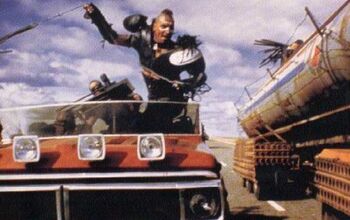

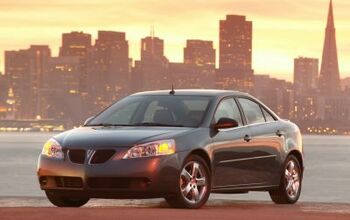
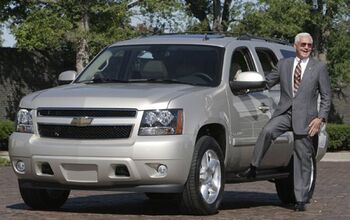




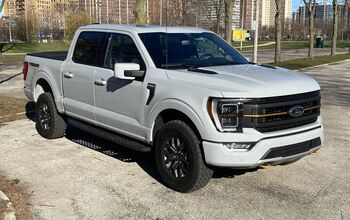
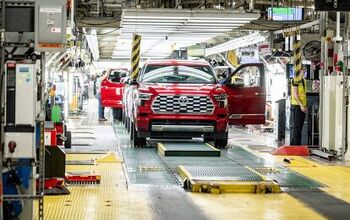
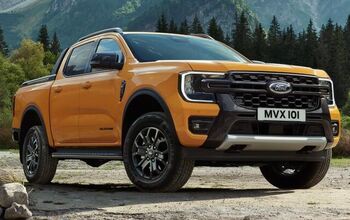
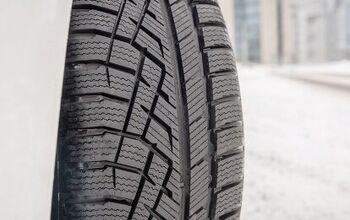
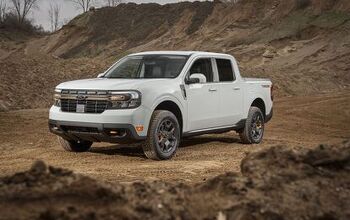


Comments
Join the conversation
If they are still making craptastic cars after C11 price is not going to matter. Their costs can go down , prices can undercut Toyota, but cars are not the same as internet access or wall paint. While we may tolerate lower grade quality in some things people have grown accustomed to nice cars, reliable machines and expect decent resale value. Show me where a reconstituted GM would provide any of that without strings being attached
I only have one major issue with your future looking scenario. GM would have to figure out how to make cars people actually want to buy. Right now their product line is oriented to an audience of seniors and red necks. One of these groups is rapidly declining (guess which one) and the other will continue to buy GM no matter what. So in order to get more business GM will need to actually figure out who they want to target, figure out what to make and then actually make a quality vehicle. Note the word QUALITY! Sorry to burst your bubble but GM is not capable of obtaining these 3 objectives unless they fire their entire senior management group. Not likely that's going to happen with government loans. Rest assured that the supply of auto for red necks will be safe for a few more years.